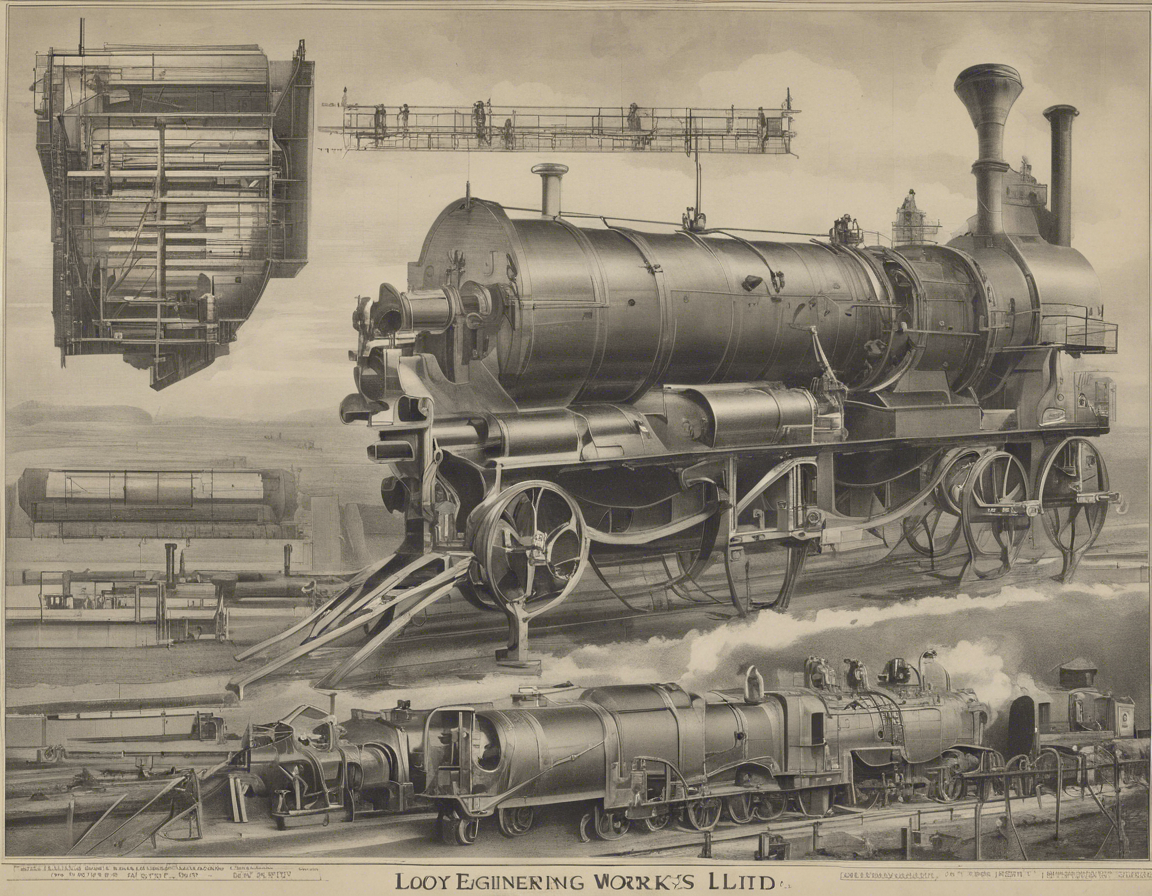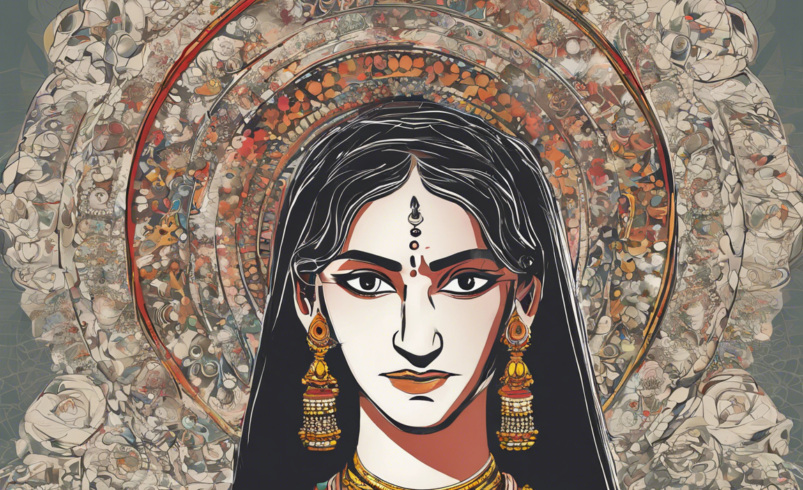The Sindhu Ghati Sabhyata, also known as the Indus Valley Civilization, holds a significant place in the annals of human history. This ancient civilization flourished in the vast region of the Indus River and its tributaries, primarily in what is now modern-day Pakistan and northwest India. Spanning from approximately 2600 BCE to 1900 BCE, the Sindhu Ghati Sabhyata was one of the world’s earliest urbanized civilizations, alongside Mesopotamia, Egypt, and China. With a sophisticated urban infrastructure, advanced social organization, and remarkable artistic and technological achievements, this civilization offers a captivating glimpse into the past. In this comprehensive guide, we will delve into the various aspects of the Sindhu Ghati Sabhyata, exploring its history, cities, culture, trade networks, decline, and legacy.
History of the Sindhu Ghati Sabhyata
The history of the Sindhu Ghati Sabhyata dates back over 4,500 years ago. The civilization was first discovered in the 1920s when archaeologists unearthed the ancient cities of Harappa and Mohenjo-Daro. These cities, along with numerous other settlements, showcased a level of urban planning and sophistication previously unseen in ancient times. The people of the Indus Valley were expert city planners, constructing well-organized grid layouts, advanced drainage systems, and impressive brick houses. The presence of standardized weights and measures suggests a centralized authority governing trade and commerce within the civilization.
Cities of the Indus Valley Civilization
1. Harappa
Harappa, located in present-day Pakistan, was one of the major urban centers of the Sindhu Ghati Sabhyata. The city covered an area of approximately 370 acres and boasted impressive architectural structures, including a citadel, granaries, and a Great Bath. The meticulous planning of the city’s streets and buildings indicates a high level of urban sophistication.
2. Mohenjo-Daro
Mohenjo-Daro, meaning “Mound of the Dead,” was another prominent city of the Indus Valley Civilization. The city’s layout featured a central citadel, large residential areas, and intricate water management systems. The Great Bath of Mohenjo-Daro is a testament to the civilization’s advanced engineering skills and social organization.
Culture and Society of the Indus Valley Civilization
The culture of the Sindhu Ghati Sabhyata was rich and diverse, as evidenced by the artifacts and relics unearthed at various archaeological sites. The people of the Indus Valley engaged in various forms of artwork, including pottery, sculpture, and jewelry-making. Seal stones discovered in the region depict intricate designs and possibly represent a form of early writing or symbolic language. Moreover, the presence of figurines such as the “Dancing Girl” suggests a vibrant artistic tradition within the civilization.
Trade Networks and Economy
The Indus Valley Civilization was well-connected to other regions through extensive trade networks. Archaeological findings have revealed artifacts such as carnelian beads from present-day Gujarat, lapis lazuli from Afghanistan, and Mesopotamian seals in the Indus Valley, indicating long-distance trade routes. The civilization’s economy was likely based on agriculture, with a focus on cultivating wheat, barley, and cotton. Additionally, the presence of seals and standardized weights suggests a system of trade and commerce based on regulated measures.
Decline and Legacy
The decline of the Sindhu Ghati Sabhyata remains a subject of speculation among historians and archaeologists. Several theories propose factors such as ecological changes, natural disasters, invasions, or internal conflicts as possible causes of the civilization’s collapse around 1900 BCE. Despite its eventual decline, the legacy of the Indus Valley Civilization endures through its architectural achievements, technological innovations, and influence on subsequent cultures in the Indian subcontinent.
Frequently Asked Questions (FAQs)
1. What language did the people of the Indus Valley Civilization speak?
The script used by the Indus Valley Civilization remains undeciphered, making it challenging to determine the exact language spoken by its people. However, linguistic evidence suggests possible connections to Dravidian or early Indo-European languages.
2. How did the Indus Valley Civilization compare to other contemporary civilizations?
The Indus Valley Civilization was comparable in urban planning and technological achievements to other ancient civilizations such as Mesopotamia and Egypt. However, its script and language remain undeciphered, posing challenges to fully understanding the extent of its cultural and societal practices.
3. What role did religion play in the Indus Valley Civilization?
Religious practices of the Indus Valley Civilization remain somewhat enigmatic due to the lack of textual evidence. However, the presence of figurines representing deities or possibly worshippers suggests a belief system that may have included spiritual or ceremonial practices.
4. How did the Indus Valley Civilization contribute to modern society?
The Sindhu Ghati Sabhyata made significant contributions to urban planning, architecture, and trade practices that have influenced subsequent civilizations. The advanced drainage systems and grid layouts of their cities, as well as their trade networks, showcase an early form of urban development and social organization.
5. What are some of the major challenges in studying the Indus Valley Civilization?
One of the primary challenges in studying the Indus Valley Civilization is the decipherment of its script, which hinders a comprehensive understanding of its written records. Additionally, the lack of extensive written sources necessitates a reliance on archaeological findings to reconstruct the civilization’s history and culture.





